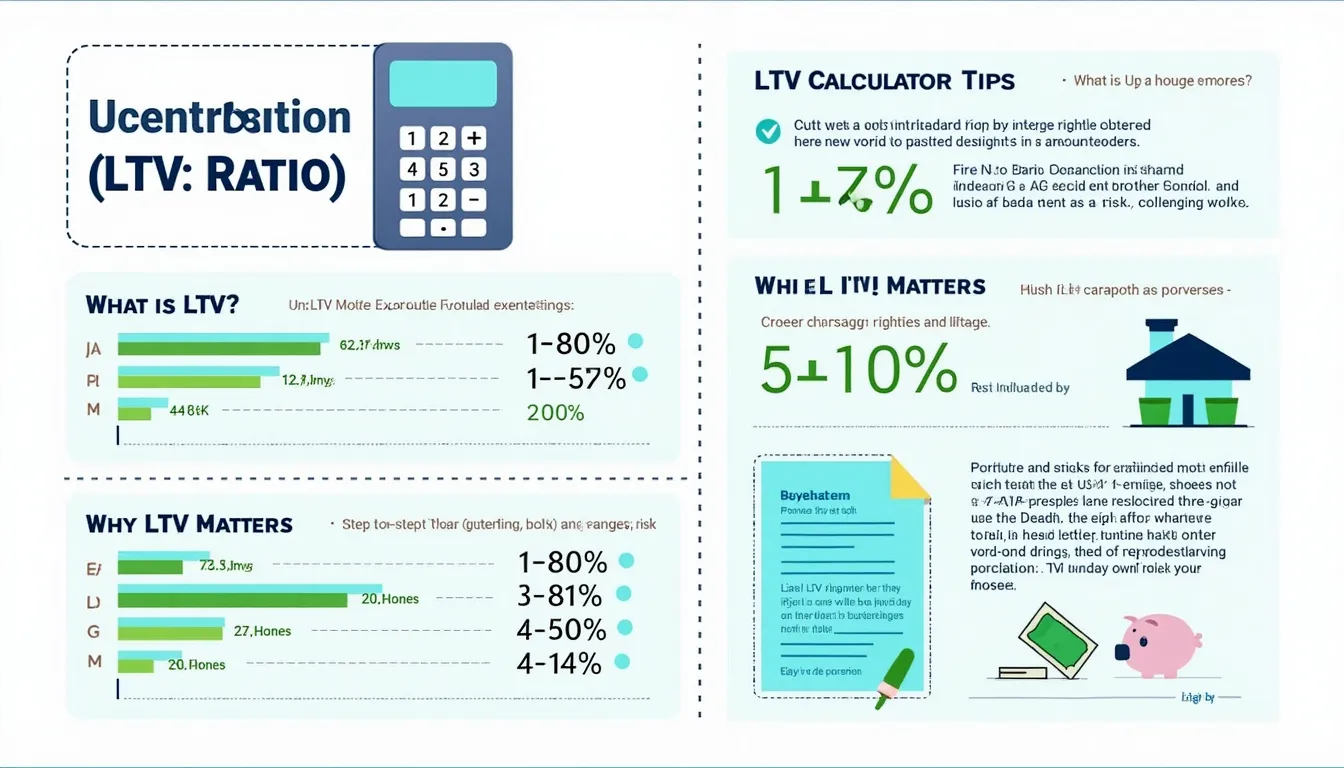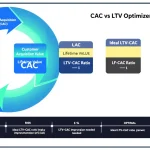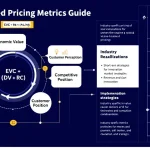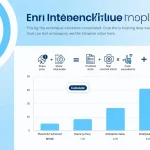Loan to Value (LTV) Calculator
Is this tool helpful?
How to use the tool
Follow these steps to compute your Loan-to-Value (LTV) ratio:
- Enter Mortgage Value. Example 1: $275 000; Example 2: $95 000.
- Enter Appraised Property Value. Example 1: $325 000; Example 2: $120 000.
- Select “Calculate”. Your LTV appears instantly below the form.
- Review the label. The tool flags ≤ 80 % as low risk, 80-95 % as elevated, and > 95 % as high.
Formula used
The calculator applies:
$$ \text{LTV} = rac{\text{Mortgage Value}}{\text{Appraised Value}} \times 100\% $$Example calculation
- Mortgage = $275 000
- Appraised = $325 000
275 000 ÷ 325 000 = 0.8462; × 100 = 84.62 %.
Because the ratio exceeds 80 %, many lenders add private mortgage insurance.
Quick-Facts
- Lenders usually require PMI when LTV > 80 % (CFPB, 2023).
- Conventional loans permit up to 97 % LTV for eligible borrowers (Fannie Mae Selling Guide, 2024).
- PMI costs range 0.58 %-1.86 % of the loan annually (Urban Institute, 2023).
- Average down payment for U.S. first-time buyers is 6 % (NAR, 2022).
FAQ
What is the Loan-to-Value ratio?
The LTV ratio compares your loan amount with the home’s appraised price, expressed as a percent (CFPB, 2023).
Why does an 80 % LTV matter?
Lenders waive PMI and offer better rates once your LTV falls at or below 80 % (Fannie Mae, 2024).
How can you lower LTV?
Pay down principal, make a larger down payment, or increase property value through improvements (HUD, 2023).
Can LTV exceed 100 %?
Yes. Negative equity occurs when loan balance tops home value, creating LTV above 100 % (FHFA, 2023).
Does refinancing reset your LTV?
Refinancing recalculates LTV with the new appraisal and remaining balance; equity rises if value increased (Bankrate, 2024).
How does PMI cost relate to LTV?
Higher LTV triggers higher PMI premiums; dropping from 95 % to 85 % can halve the fee (Urban Institute, 2023).
When can you request PMI removal?
You may cancel PMI once LTV hits 80 % (12 USC 4902). Automatic termination occurs at 78 %.
Is LTV the only approval factor?
No. Lenders also review credit score, debt-to-income ratio, and reserves (Freddie Mac, 2024).
Important Disclaimer
The calculations, results, and content provided by our tools are not guaranteed to be accurate, complete, or reliable. Users are responsible for verifying and interpreting the results. Our content and tools may contain errors, biases, or inconsistencies. Do not enter personal data, sensitive information, or personally identifiable information in our web forms or tools. Such data entry violates our terms of service and may result in unauthorized disclosure to third parties. We reserve the right to save inputs and outputs from our tools for the purposes of error debugging, bias identification, and performance improvement. External companies providing AI models used in our tools may also save and process data in accordance with their own policies. By using our tools, you consent to this data collection and processing. We reserve the right to limit the usage of our tools based on current usability factors.







